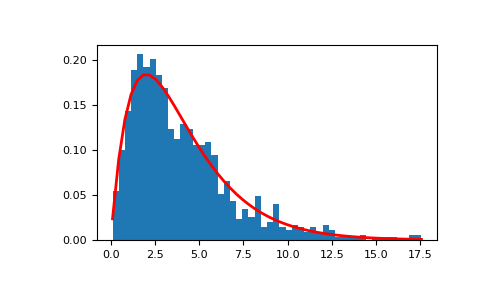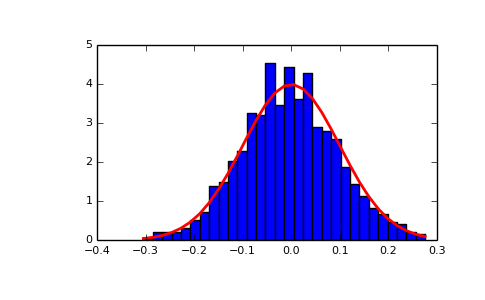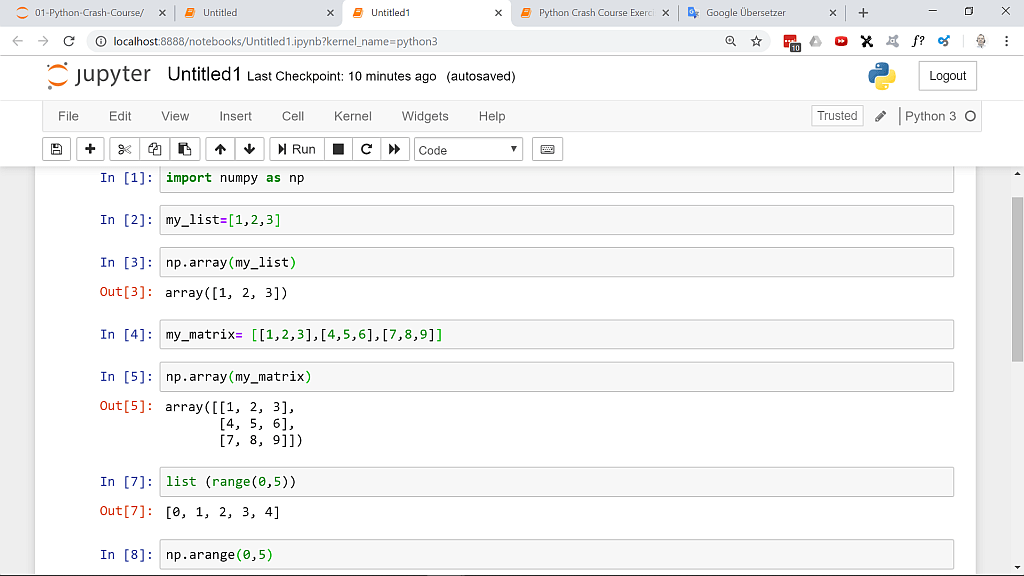
Numpy random generator#
This module contains some simple random data generation methods, some permutation and distribution functions, and random generator functions. This module contains the functions which are used for generating random numbers. Since the package was somehow corrupted, it was fixed. Random Intro Data Distribution Random Permutation Seaborn Module Normal Distribution Binomial Distribution Poisson Distribution. Since the package was somehow corrupted, it was fixed. The numpy random.normal function can be used to prepare arrays that fall into a normal, or Gaussian, distribution. Y1 = np.random.uniform(low=20, high=80, size=20) Running the following line, forced to reinstall the numpy package.

X1 = np.random.uniform(low=-10, high=10, size=20) NumPy-specific help functions Input and output Linear algebra ( numpy.linalg ) Logic functions Masked array operations Mathematical functions Matrix library ( numpy. It's straightforward but two methods below give different results, despite the seed is the same.

You are receiving this because you commented.I try to get 20 data points drawn from a random distribution. The random is a module present in the NumPy library. So that there is less churn We should have a chat about how I think it would be least disruptive to make sure that we getĪll of the algorithm changes that we know we want before the first release This Generator will allow us to generate. Transition, yet, but I suspect that we'll try to implement as many of theseĭistribution changes in randomgen first in its own repo, then merge it The first thing we need to do to generate random numbers in Python with numpy is to initialize a Random Generator. I'm not quite sure how we're going to manage that Right now, randomgen is the candidate implementationįor that new class. For more information on using seeds to generate pseudo-random numbers, see wikipedia.
Numpy random windows#
This will cause numpy to set the seed to a random number obtained from /dev/urandom or its Windows analog or, if neither of those is available, it will use the clock. Example 1: Create One-Dimensional Numpy Array with Random Values To create a 1-D numpy array with random values, pass the length of the array to the rand () function. We are freezing RandomState's distribution methods and developing the newĭistributions under a different class, yes. To get the most random numbers for each run, call (). Introduction Syntax of () Example 1: Create One-Dimensional Numpy Array with Random.

On Wed, Jul 18, 2018, 2:06 PM Robert Kern wrote: Python Numpy Create Array with Random Values. But it requires an additional argument on choice (API change), if we do want to reproduce the multinomial result by default.

The alternatives have less variance, and are all very simple, (just adding few lines in the current cython implementation). The author basically said the algorithm currently in numpy shall not be used and we were convinced: multinomial sampling does tend to produce realizations that are very distant from the true distribution, when the size is small. If I develop a module that uses random numbers from numpy.random, and follow the recommendation to use () to create a generator. Here is the link to the text that described these different algorithms: The issue was only about, not about the general infrastructure. AttributeError: module 'numpy.


 0 kommentar(er)
0 kommentar(er)
